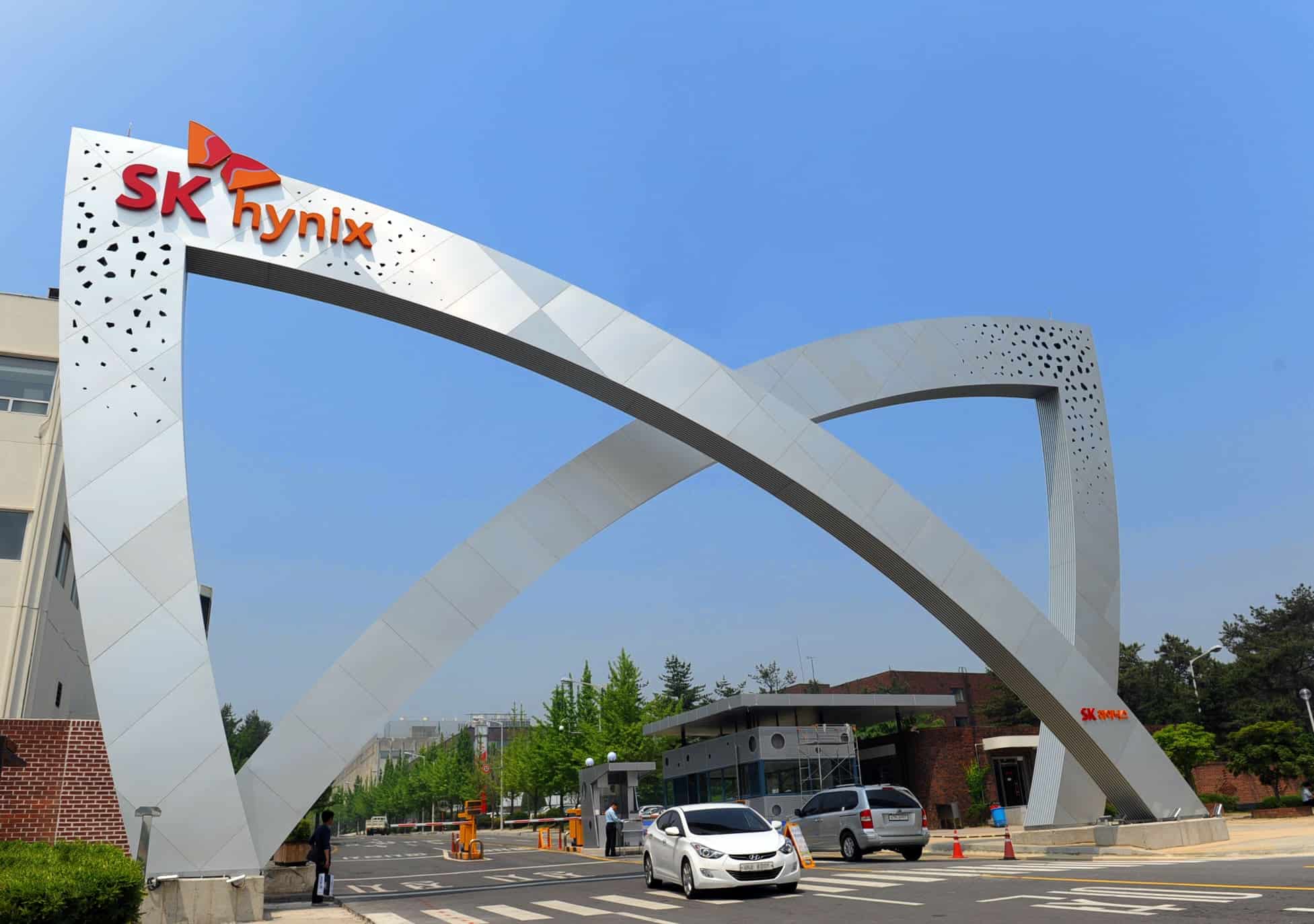The price of DDR4 chips rises by more than 10% globally; Nanya and Winbond could benefit from the upward trend driven by South Korean leaders.
The two largest DRAM memory chip manufacturers in the world, Samsung Electronics and SK Hynix, have begun implementing significant price increases on their products, according to industry sources. The increases exceed 10% for DDR4 modules, with reports indicating a rise of up to 20% by Samsung.
This price surge, yet to be officially confirmed, coincides with the production cut strategy initiated months ago by industry giants to stabilize the market after a period of oversupply and declining margins. Early signs of recovery have become visible in the spot market, where DRAM prices for both 8 Gb and 16 Gb have been rising for several weeks.
Nanya and Winbond, well-positioned for the new cycle
The rebound in prices particularly benefits Taiwanese manufacturers Nanya Technology (2408) and Winbond Electronics (2344), whose product lines are primarily focused on DDR4 memory, which is exactly the segment leading the increases.
Both companies may follow the lead of Samsung and SK Hynix by gradually raising their prices and improving their operating margins in the second quarter of the year. Winbond has already confirmed that it has detected a “price uptrend” for both DDR3 and DDR4, with a particular emphasis on the latter.
Nanya continues to focus on key markets such as PCs, servers, and mobile, while Winbond concentrates its offerings on medium- and low-capacity DDR4 solutions targeted at sectors like notebooks, connectivity, automotive, and consumer electronics.
Pricing power in South Korean hands
Samsung and SK Hynix together control nearly 70% of the global DRAM market, giving them almost absolute pricing power. Their decision to increase prices can be interpreted as a clear signal of confidence in the recovery of the memory semiconductor market in the second half of 2025, coinciding with the peak ordering season for electronic device manufacturers.
If this trend solidifies, the domino effect is expected to reach other industry players, raising the average selling price (ASP) and contributing to stabilizing profit margins after several quarters of downward pressure.
In an environment marked by geopolitical uncertainty and demand fluctuations, manufacturers that position themselves best to capitalize on this new price cycle could quickly regain the profitability lost during the recent inventory crisis.
Source: money.udn.com

